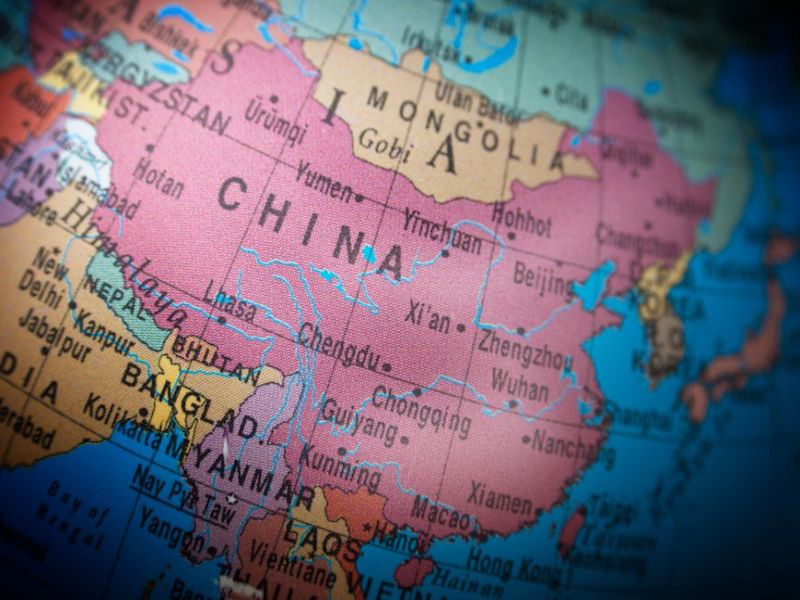
In China, keeping the novel coronavirus under control is key to maintaining the economic recovery, and there are reasons to be optimistic, despite a breakdown in U.S.-China relations.
In the last two weeks of August, there were a total of only 187 new coronavirus cases in China, and none of those were the result of local transmission (all of the others were among people who had arrived from abroad with the disease). In contrast, during the last two weeks of August, there were about 0.6 million new cases in the U.S. and 16,676 in the U.K.
I know that some investors wonder whether the Chinese government’s coronavirus data can be trusted. I think there are two reasons to believe that since January 23—when the government shut down the city of Wuhan—the Chinese government has not been deliberately falsifying the data.
First, if the number of hospitalizations and deaths were significantly higher than the official statistics, we would be hearing about it on social media from the family and friends of those patients. Second, the numbers reported by China have been consistent with data from other places in the region which undertook similarly aggressive efforts to control the virus. For example, Japan has reported only 180 deaths in the last two weeks of August and a total rate of ten coronavirus deaths per one million people (the rate is three per one million in China). South Korea has reported nineteen deaths in the last two weeks of August and a mortality rate of six per one million people. Thailand, Taiwan and New Zealand reported no deaths for the same time period and saw mortality rates of 0.8, 0.3 and four respectively.
Life in China has been gradually getting back to normal since March and July was the fifth consecutive month of a V-shaped economic recovery.
China’s economy is increasingly driven by domestic demand, so it is important that consumer spending has been bouncing back. Last year was the eighth consecutive year in which the consumer and services (or tertiary) component of China’s gross domestic product was the largest part. Although consumer spending is likely to remain softer than usual until next year, on a relative basis China is likely to remain the world’s best consumer story.
Yet, the political relationship between the governments in Washington and Beijing has been in a sharp, downward spiral for several months, and tensions are almost certain to increase further between now and the U.S. election.
I’d like to focus here on one of most recent steps taken by President Donald Trump, his Aug. 6 Executive Order on “Addressing the Threat Posed by WeChat.” At this time, it is not clear how this order will be implemented, and what the impact will be. While U.S.-based users of the social media app WeChat represent a very small fraction of the app’s overall user base, a ban on WeChat in the U.S. would make it more difficult for people in the U.S. to communicate with family, friends, colleagues and clients in China. WeChat is also an important channel for U.S. companies to communicate with their Chinese customers, so if the ban were to restrict access by Americans to this messaging app inside China, that would have a significant negative impact on those firms in one of the world’s largest and fastest growing consumer markets.
In my assessment of the situation, it is also possible that the executive order could apply to a much broader range of transactions, potentially restricting interactions globally by U.S. persons with Tencent. If that happens, the impact on Tencent could be more significant, but this will not be clear until the U.S. Department of Commerce identifies the transactions this order applies to.
More generally, we should recognize that it is not possible for the U.S. and the rest of the world to decouple from China’s economy, which last year accounted for 40 per cent of global economic growth, larger than the combined share of global growth from the U.S., European Union and Japan. Moreover, it will be very difficult for any of us to address global issues like climate change, nuclear proliferation and drug trafficking without cooperation from the Chinese government.
In January of this year, President Trump spoke in positive terms about the U.S. relationship with China and his national security adviser, Robert O’Brien spoke of the huge opportunity working with China. In my view, that opportunity remains open to the U.S. and other governments.
Although I am pessimistic about the near-term trajectory of the Washington-Beijing political relationship, I remain optimistic about China’s economic prospects. Because China is a domestic-demand driven economy, there is a low risk that bilateral political tensions will derail the V-shaped economic recovery described earlier.
Last year, domestic consumption accounted for almost 60 per cent of China’s GDP growth. The gross value of exports was equal to 17 per cent of China’s GDP (down from 35 per cent in 2007), but almost 30 per cent of those exports were processed goods for which little value was added in China. Significantly, over the last five years, net exports (the value of a country’s exports minus its imports) have, on average, contributed zero to China’s GDP growth. Moreover, only 17 per cent of China’s exports went to the U.S. last year. Despite the trade tensions, last year, China’s share of global exports actually ticked up a bit.
Overall, in my opinion, even a complete breakdown in the bilateral political relationship would likely generate only a very modest drag on China’s economic growth.
Andy Rothman is an investment strategist at Matthews Asia. These views are those of the author and not necessarily those of the Canadian Investment Review.
